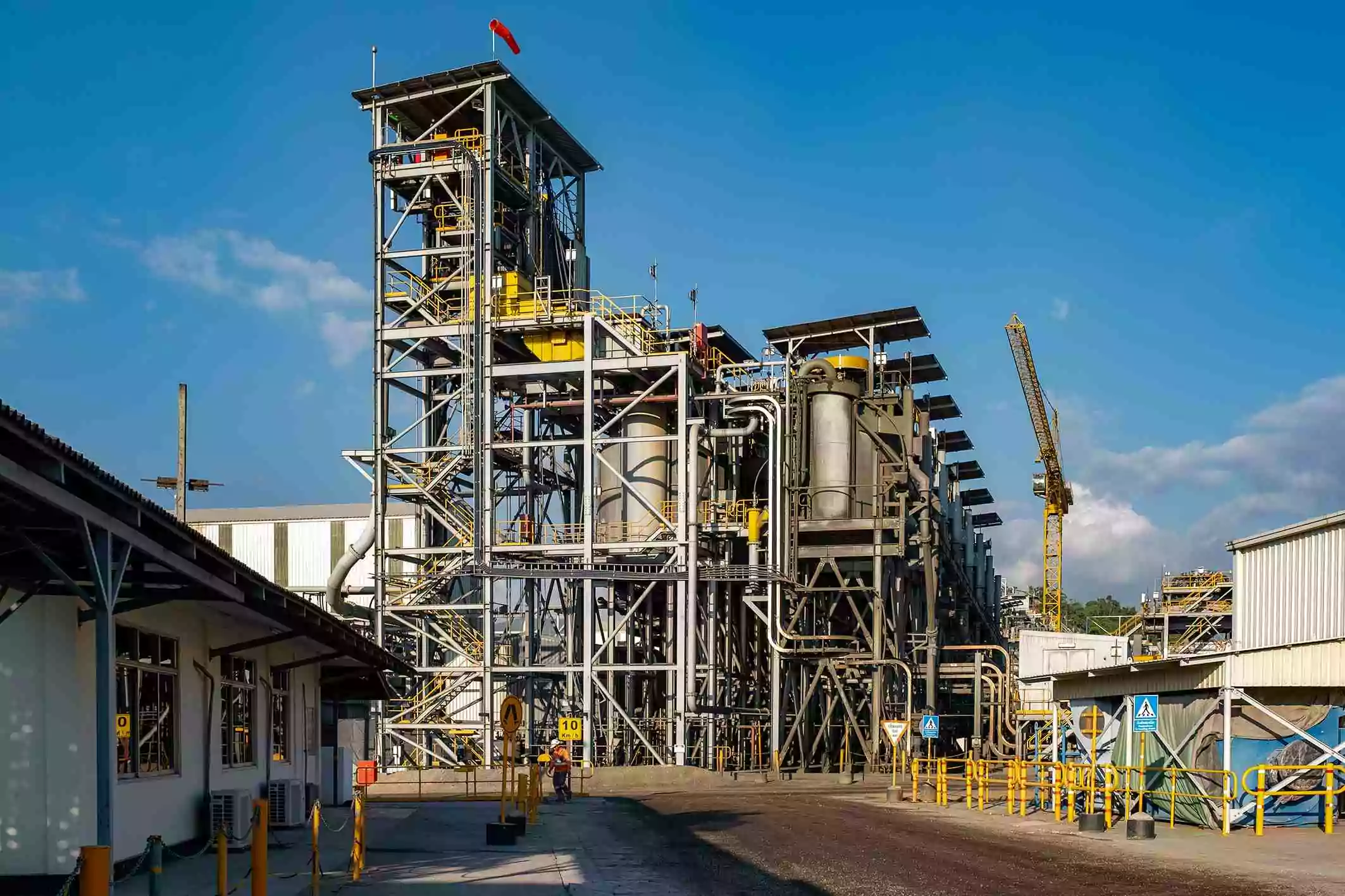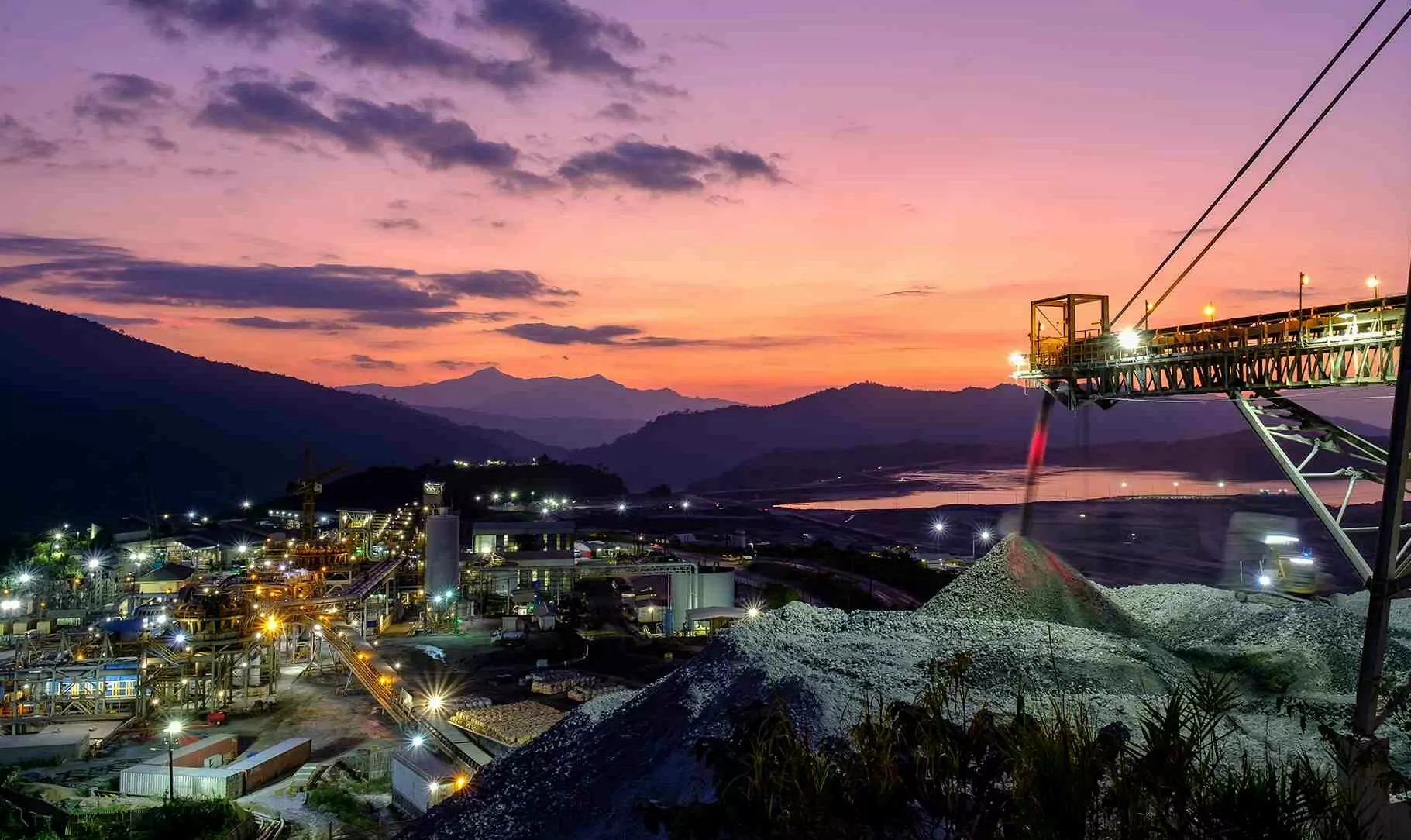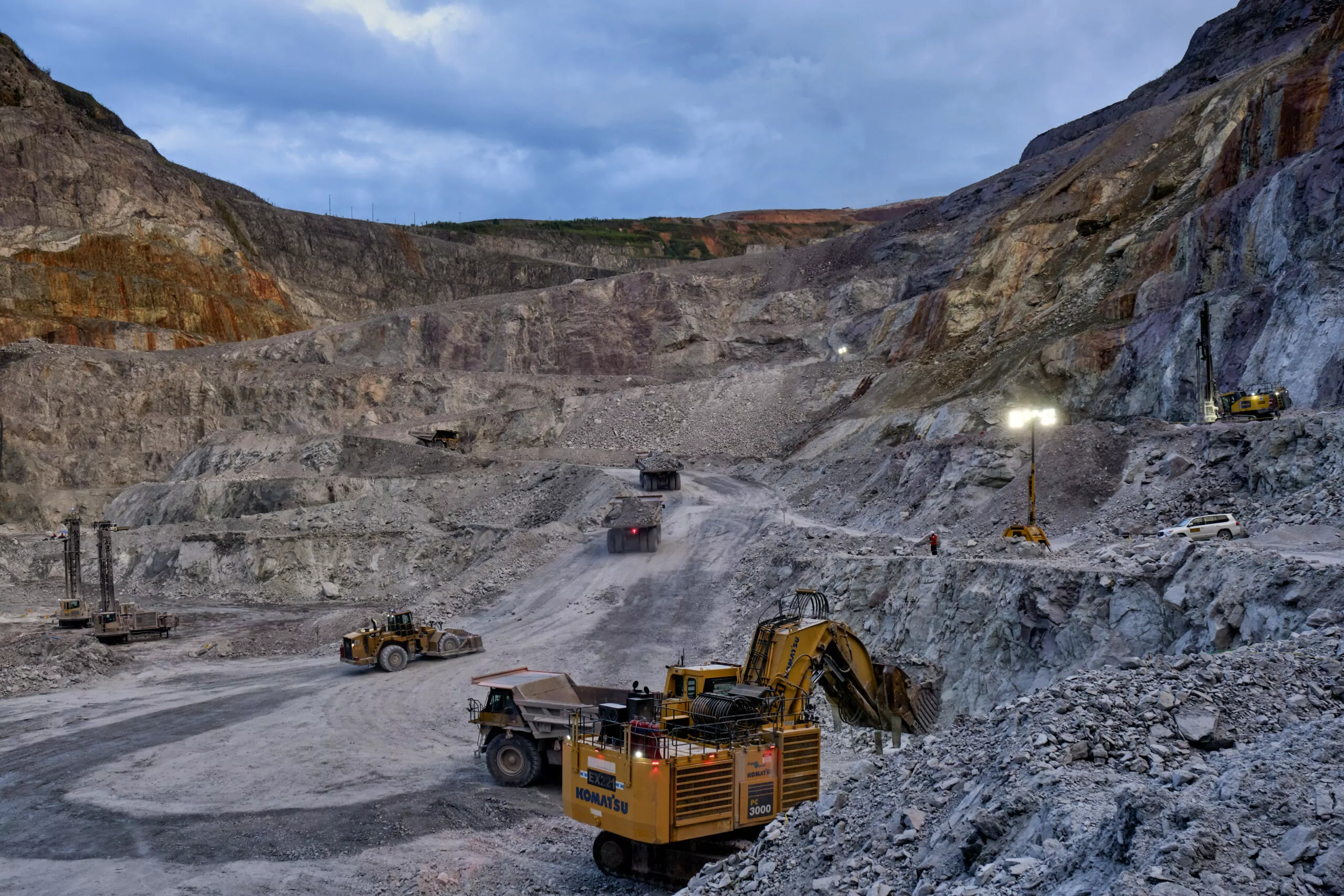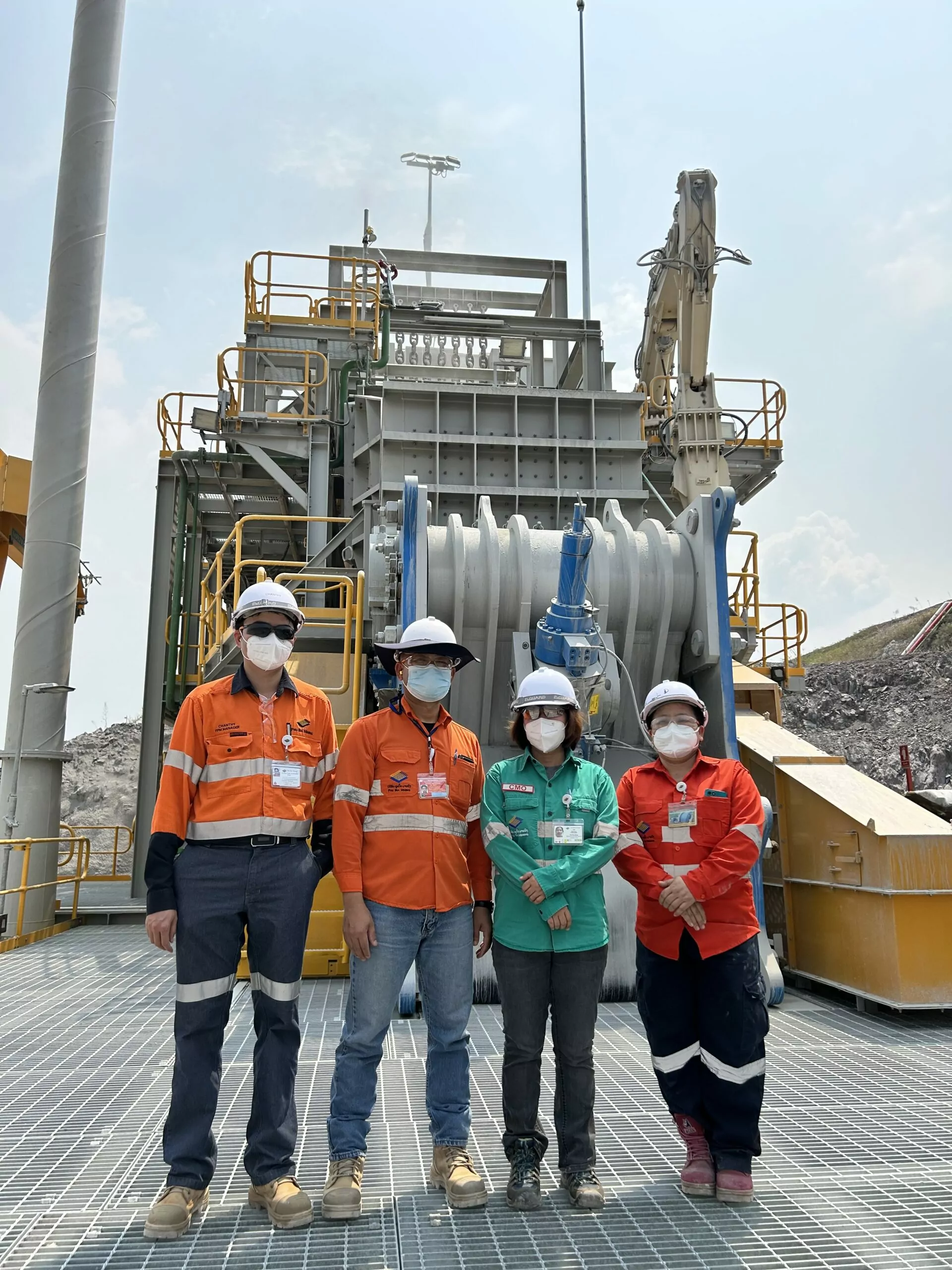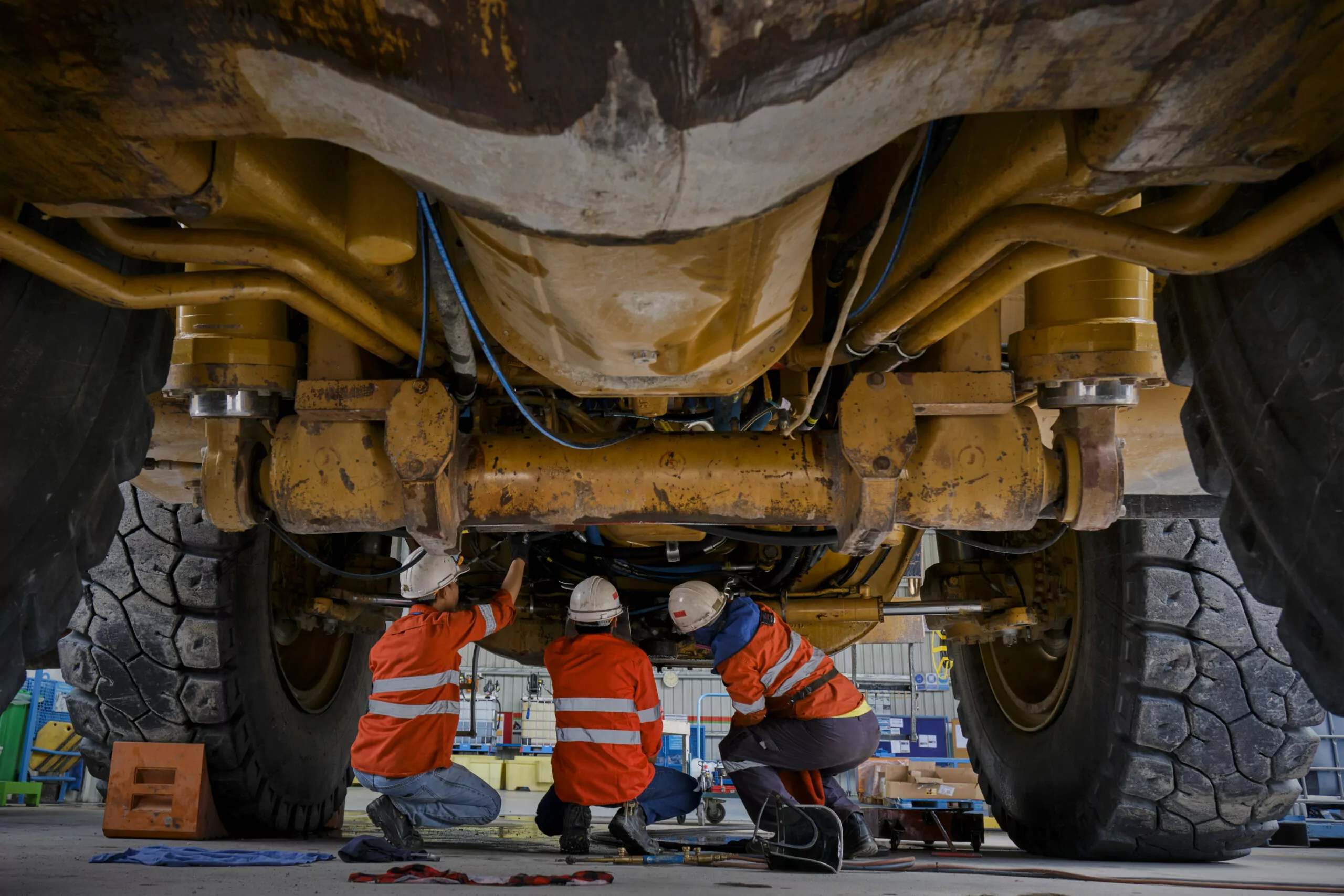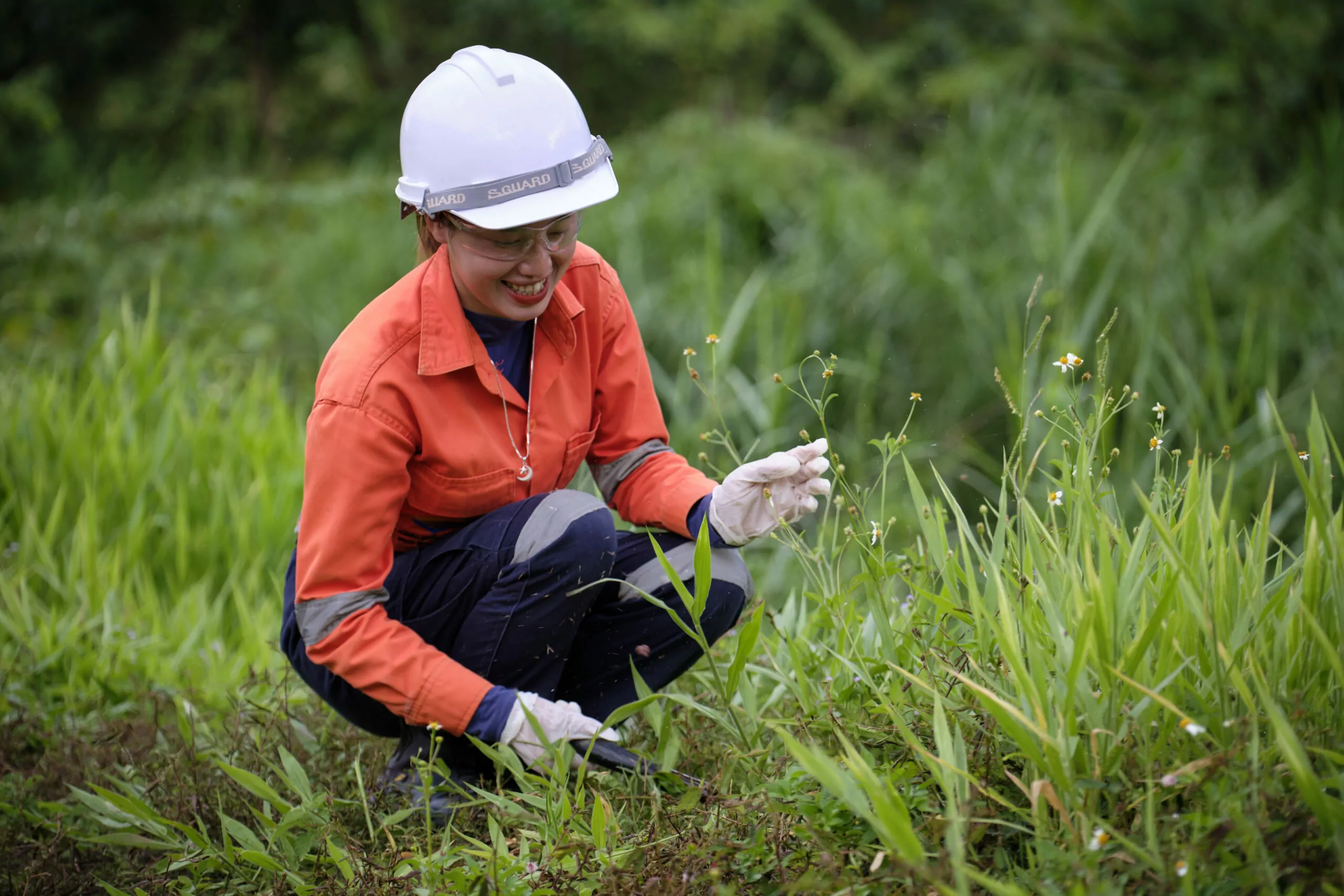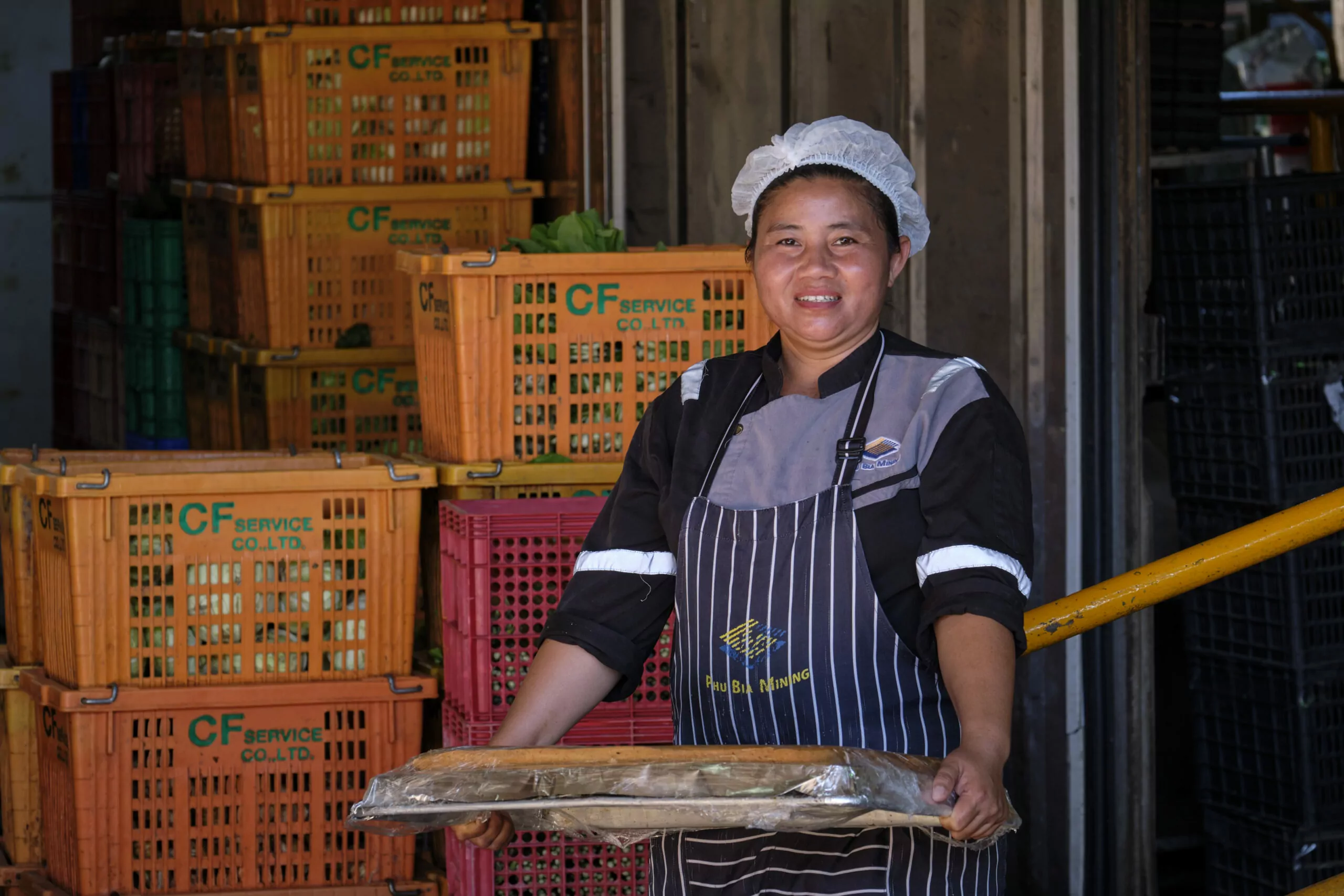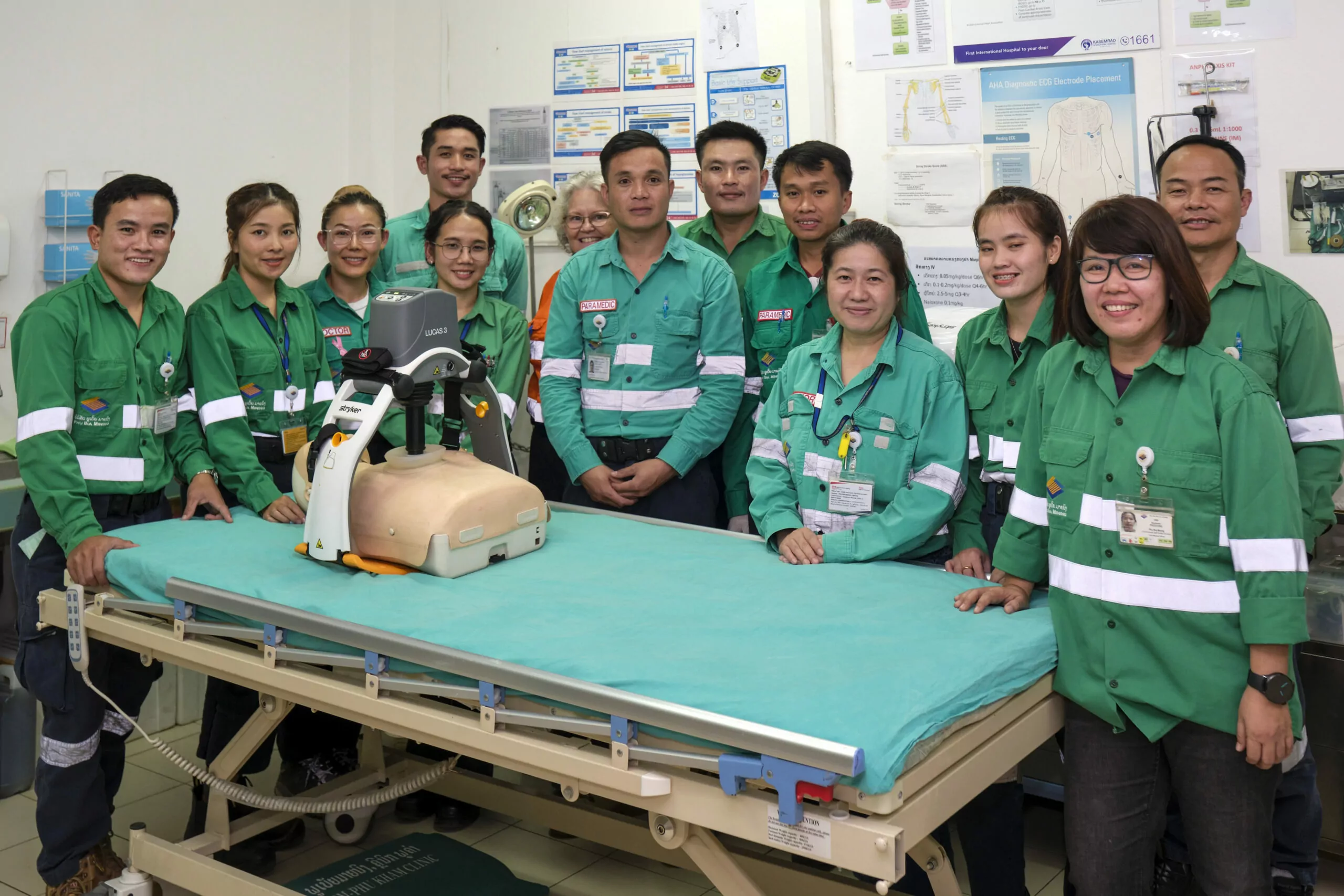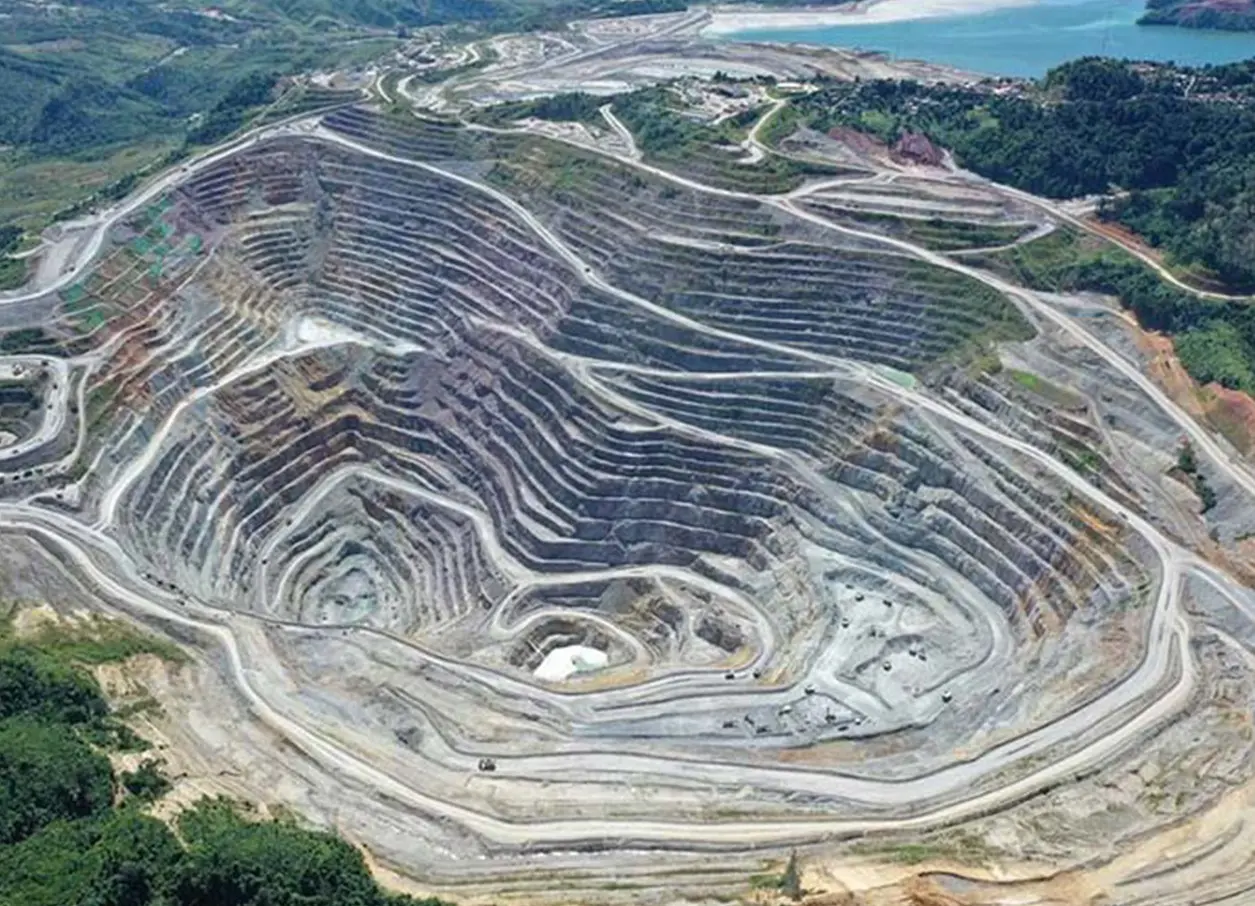With a team of more than 300 people, the Risk teams provide round-the-clock support to the mining and processing operations, internal projects, business growth projects, remote exploration, mine development and logistics operations.
The Risk Department assist with maintaining relations with local security forces and work with the Lao People’s Army (LPA) to ensure our people and assets are safe and secure.
We establish, maintain and review the health and safety management system, induction and training services for employees, contractors and visitors, emergency response capability for both surface and underground mining and medical and health support for work and non-work-related illness and injuries as well as provide support for near mine community incidents and health programs.
The Risk Department is a diverse team with approximately 20% female representation and representation from the various Lao ethnic groups working together to achieve the required operational outcomes for a safe work environment. The Department has fewer than 3% expatriate personnel, whose roles are to develop the skills and capabilities of the Lao workforce.
The FES teams are trained in both surface and underground fire and rescue with a number of emergency vehicles and trucks fully equipped to attend any emergency. There are fire and rescue training facilities established at both PKM and BHX to ensure the FES personnel skills are maintained, particularly in firefighting.
Our Medical team is led by a Chief Medical Officer and consists of a fully equipment clinic and ambulances at both PKM and BHX manned by teams of Doctors and Paramedics. There is smaller fully staffed clinic at Ban Thoay supporting the logistics team, including FES members. The Medical team maintain their skills with ongoing continuous training and ensuring all equipment is fit for purpose and on standby – ready to use at all times.
The Safety teams at BHX and PKM conduct workplace inspections, monitoring compliance with safety standards, provide awareness and information for prestart and toolbox talks, assist with incident investigations and provide support to line supervision in monitoring high risk work activities and contractor audits.
Loss Prevention maintain control of access and egress to our sites, monitor our network of CCTV systems and work with the LPA to provide a physical presence to protect our people, assets and exploration and development areas within the MEPA. Surveillance technology is being utilised to cover large areas, including drones, which will enable better use of resources and time. The team is also key to maintaining a working relationship with local security and law enforcement agencies.
The High Risk Work training team provide training and assessment course for PBM personnel who require specialist skills for their jobs. Training and assessment is conducted to Australian Standards for national competency. The training includes a range of cranes up to 250T, working at height, scaffolding, forklifts and other high risk specialised equipment. The team also conduct Verification of Competence for contractors who will operate or undertake any high risk work operations on site, prior to commencing that work.
The HSE Training team provides the mandatory training and induction courses for all employees and contractors who will work on site. Additional induction and training is provided for those who will work underground. Mandatory training includes PanAust Way, Cardinal Rules, hazard identification, Take 5 (or Take 5 Underground), JSA, mining induction and Underground Induction. Dedicated training facilities are available at both PKM and BHX sites for HSE Training and HRW Training. The training teams are working to move to be able to provide inductions on-line and also on-line training and assessment for a number of courses.
